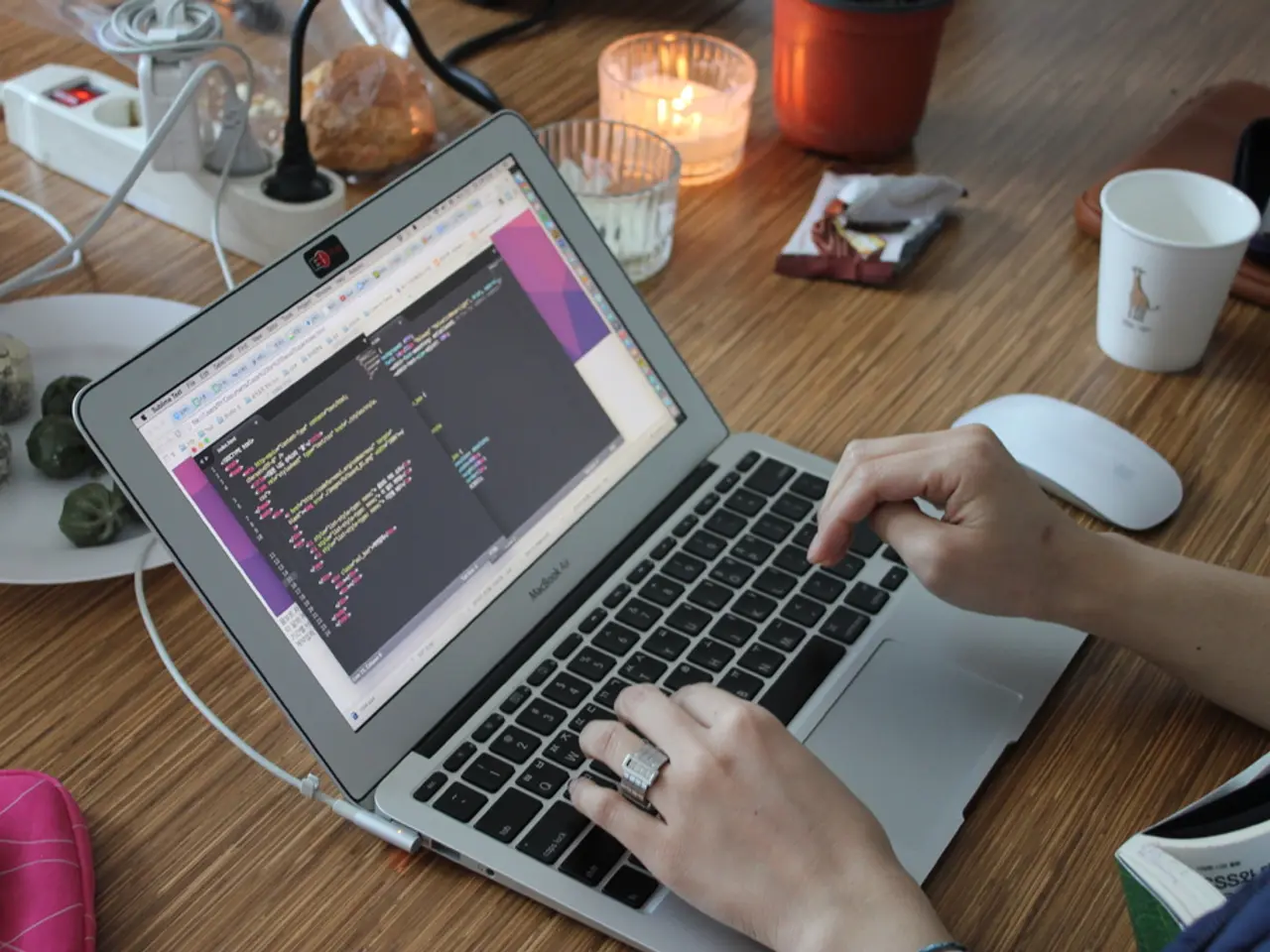Office Perspective: Vibrant Workplace or Workplace Drain
======================================================================================
As businesses prepare for a return to in-person work, it's crucial to create environments that support employee success. A recent survey reveals that over two-thirds (69%) of workers use professional headphones to limit distractions, indicating the importance of high-quality audio technology in today's bustling office spaces.
The survey also shows that knowledge workers believe higher-quality meeting audio can positively impact their interpersonal skills (43%) and collaboration (40%). However, noise at the office can be a significant barrier to productivity. Nearly half (47%) of respondents report being stressed by noise, preventing them from focusing, and over two-thirds (63%) agree that working in a loud environment makes them physically tired.
To address these challenges, businesses can implement acoustic solutions such as soundproof office pods and workstations that reduce noise by 35-45 decibels. Creating designated quiet zones or focus pods within open office layouts helps balance collaboration with the need for privacy and noise control. Soundproofing can also be enhanced by installing sound-absorbing ceiling tiles and materials that reduce noise and vibrations from HVAC systems.
Technology solutions to enhance focus and productivity include providing noise-cancelling headphones for employees to block out background noise and installing white noise machines to mask disruptive sounds. Visual tools such as signals indicating deep focus time can reduce interruptions, while optimizing lighting with natural or daylight-balanced bulbs improves alertness and reduces eye strain.
Adopting time management strategies like the Pomodoro Technique can also improve concentration by structuring focused work periods with breaks, helping employees manage mental fatigue when transitioning back to office work.
In addition, prioritizing high-quality audio technology is critical to foster positive collaboration and eliminate noise-related obstacles. Nearly two-thirds of surveyed knowledge workers agree that employers should invest more in creating an inclusive workplace, and over half (59%) of workers are expected to take calls away from their desks in a separate room. Nearly a third (32%) say their employer could also designate specific areas for different types of activities, such as quiet zones or collaborative zones, to ensure employees have options available in offices.
Investing in the right technology for employees, whether in-office, remote, or operating on a hybrid schedule, is not only necessary for business success but also contributes to employees' mental well-being. Fifty-four percent of knowledge workers find poor audio during conference calls negatively impacts their well-being, and providing technology like quality headphones that reliably reduce audio challenges is vital for an organization to eliminate barriers.
In conclusion, a combination of physical noise reduction measures, workspace design adjustments, supportive technologies, and productivity methods can help businesses effectively mitigate distractions and enhance employee focus and productivity in post-remote office settings. By addressing noise and distraction challenges, businesses can create a more productive and inclusive workplace, ultimately contributing to employee satisfaction and business success.
[1] [Source] [2] [Source] [3] [Source] [4] [Source]
- Businesses should invest more in technology, such as noise-cancelling headphones and white noise machines, to enhance employee focus and productivity in the workplace, as these solutions can help eliminate noise-related obstacles and improve mental well-being.
- To foster positive mental health and collaboration, businesses should prioritize high-quality audio technology and invest in acoustic solutions like soundproof office pods, sound-absorbing ceiling tiles, and materials that reduce noise from HVAC systems.
- In a survey, over half of workers reported that their employers should designate specific areas for different types of activities, such as quiet zones or collaborative zones, to ensure employees have options available in offices, contributing to a more productive and inclusive workplace.
- Adopting strategies like the Pomodoro Technique can help employees manage mental fatigue when transitioning back to office work, as these methods structure focused work periods with breaks, contributing to increased employee concentration and productivity in post-remote office settings.




